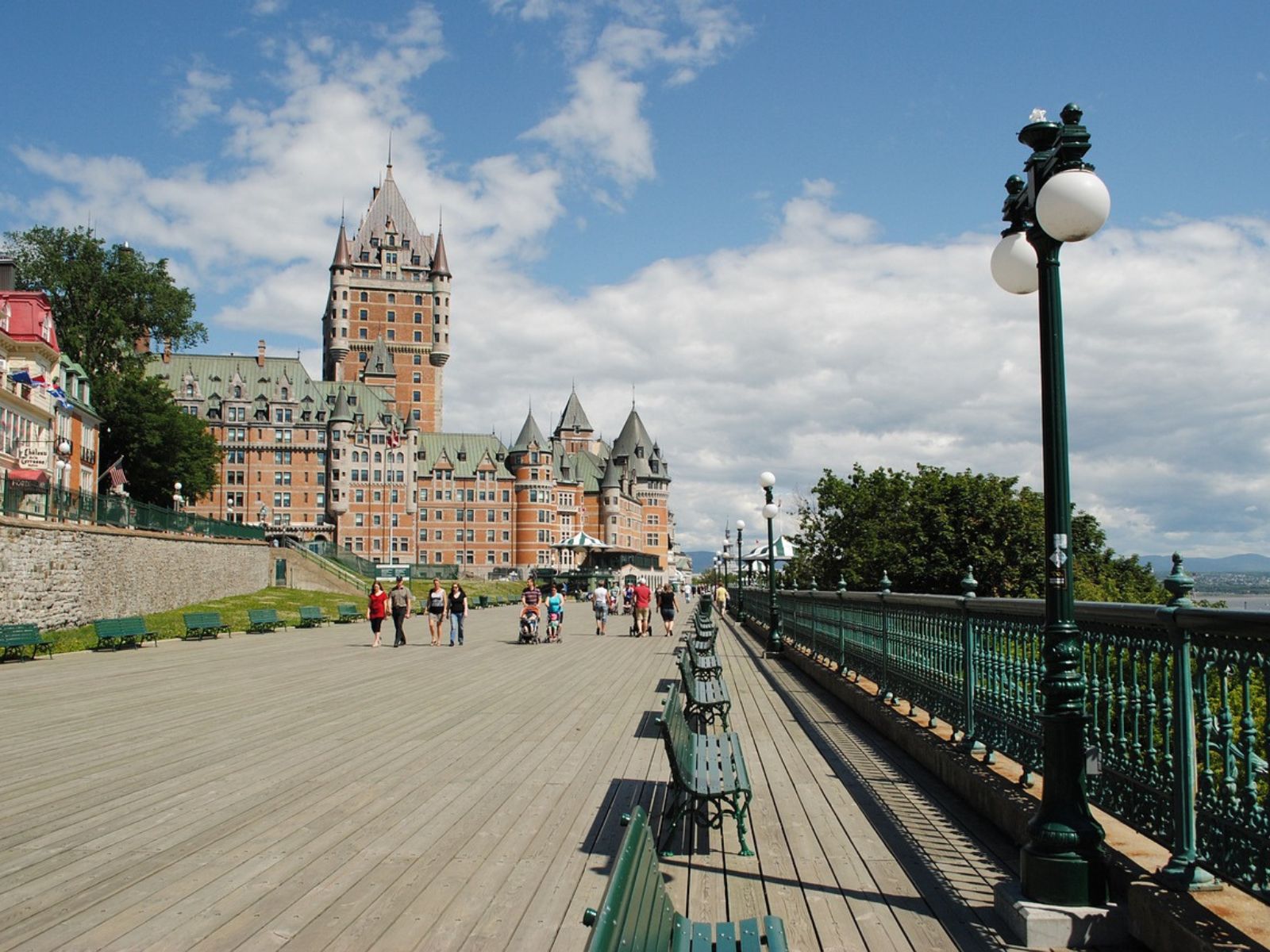Canada’s government legalized cannabis for adult use in October 2018, however, each province and territory was allowed to create many of their own laws, rules, and regulations, particularly as it pertained to cannabis commerce.
In Quebec, only the Société québécoise du cannabis (SQDC) is authorized to sell cannabis. The SQDC describes itself as selling cannabis “from a health protection perspective, in order to integrate consumers into the legal cannabis market and keep them there, without encouraging cannabis consumption.”
“For the fiscal year ending March 30, 2024, the Société québécoise du cannabis (SQDC) recorded total sales of $662.1 million, compared to $601.9 million for the year previous year, for an overall net income amounting to $104.1 million, compared to $94.9 million during the previous fiscal year. Added to this are tax revenues from its operations in the form of consumption and excise taxes estimated at $217.3 million ($154.7 million paid to Quebec and $62.6 million to the federal government). The SQDC’s contribution to the Quebec state therefore amounts to $258.8 million.” the SQDC stated in a recent news release (translated from French to English).
“The SQDC’s network of 97 branches, the number of which has remained stable since last year, generated sales of $622.1 million (compared to $567.8 million in 2023). Expressed in volume, branch sales total 114,804 kg of cannabis (compared to 100,254 kg in 2023). Furthermore, sales made through the SQDC.ca website reached $40.0 million (compared to $34.1 million in 2023), for a total volume of 7,674 kg (compared to 6,272 kg in 2023).” the SQDC also stated.
In total, the SQDC recorded 16.1 million transactions during the fiscal year compared to 13.9 million transactions in 2022-2023. Product prices ranged from $3.21/g to $15.69/g during the last fiscal year according to the SQDC.
Canada’s emerging legal cannabis industry sold C$414.1 million worth of cannabis products in March 2024, up 7.1% compared to February 2024. Canada continues to dominate the legal global medical cannabis export sector, with Canadian cannabis companies exporting a reported 218 million Canadian dollars ($189 million) worth of medical cannabis products to other nations in fiscal year 2023/2024.
According to data that was recently published by Statistics Canada, “In 2023, more than one-third of adults aged 18 to 24 years (38.4%) and 25 to 44 years (34.5%) reported using cannabis in the previous 12 months, compared with 15.5% of adults aged 45 years and older.”
Statistics Canada also found that 8.7% of adults aged 18 to 24 years and 10.3% of adults aged 25 to 44 years report consuming cannabis daily or almost daily.
Additionally, “over two in three” cannabis consumers bought their cannabis from regulated sources according to government data. Statistics Canada estimates that the nation is home to “more than 3,000 legal cannabis stores.”
According to survey data, Statistics Canada found that “the main reasons reported for buying cannabis from a legal source were product safety (38.0%), convenience (16.9%) and a desire to follow the law (12.9%).”
Cannabis flower is the top selling product in Canada’s legal market, accounting for 64.9% of total industry sales. Total sales of recreational cannabis by provincial cannabis authorities and other retail outlets increased 15.8% in the 2022/2023 fiscal year, reaching a total of $4.7 billion in sales. The sales of ‘inhaled extracts,’ or concentrates, increased by 59% during the 2022/2023 fiscal year.
“Canadians of legal age spent on average $150 per year per person on cannabis in 2022/2023.” stated Statistics Canada.
Canada’s emerging legal cannabis industry is generating a consider sum for public coffers, which benefits all of Canadian society, not just cannabis consumers. Statistics Canada has determined that, “Federal and provincial governments received $1.9 billion from the control and sale of recreational cannabis in 2022/2023, up by almost one-quarter (+24.2%) from a year earlier.”

